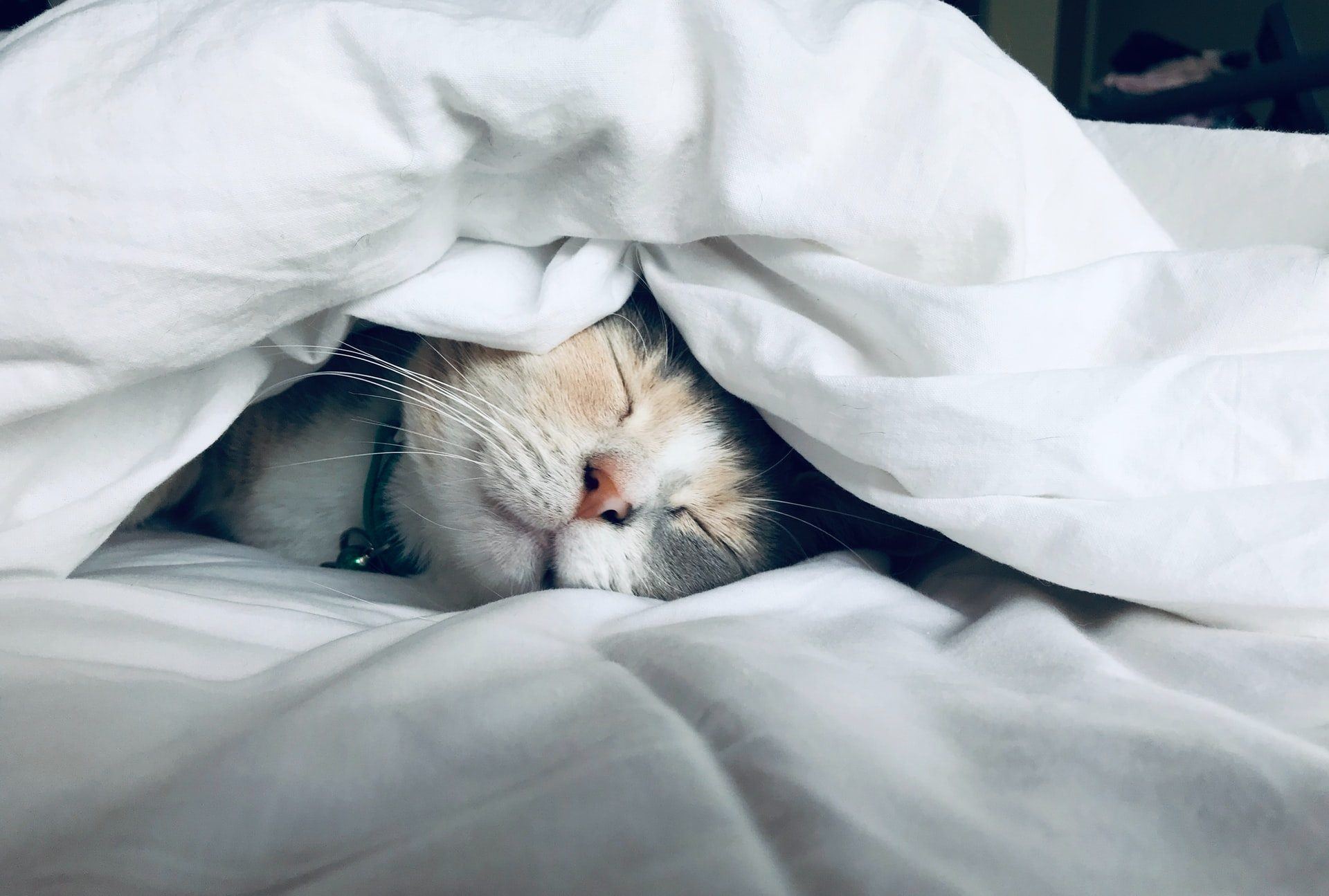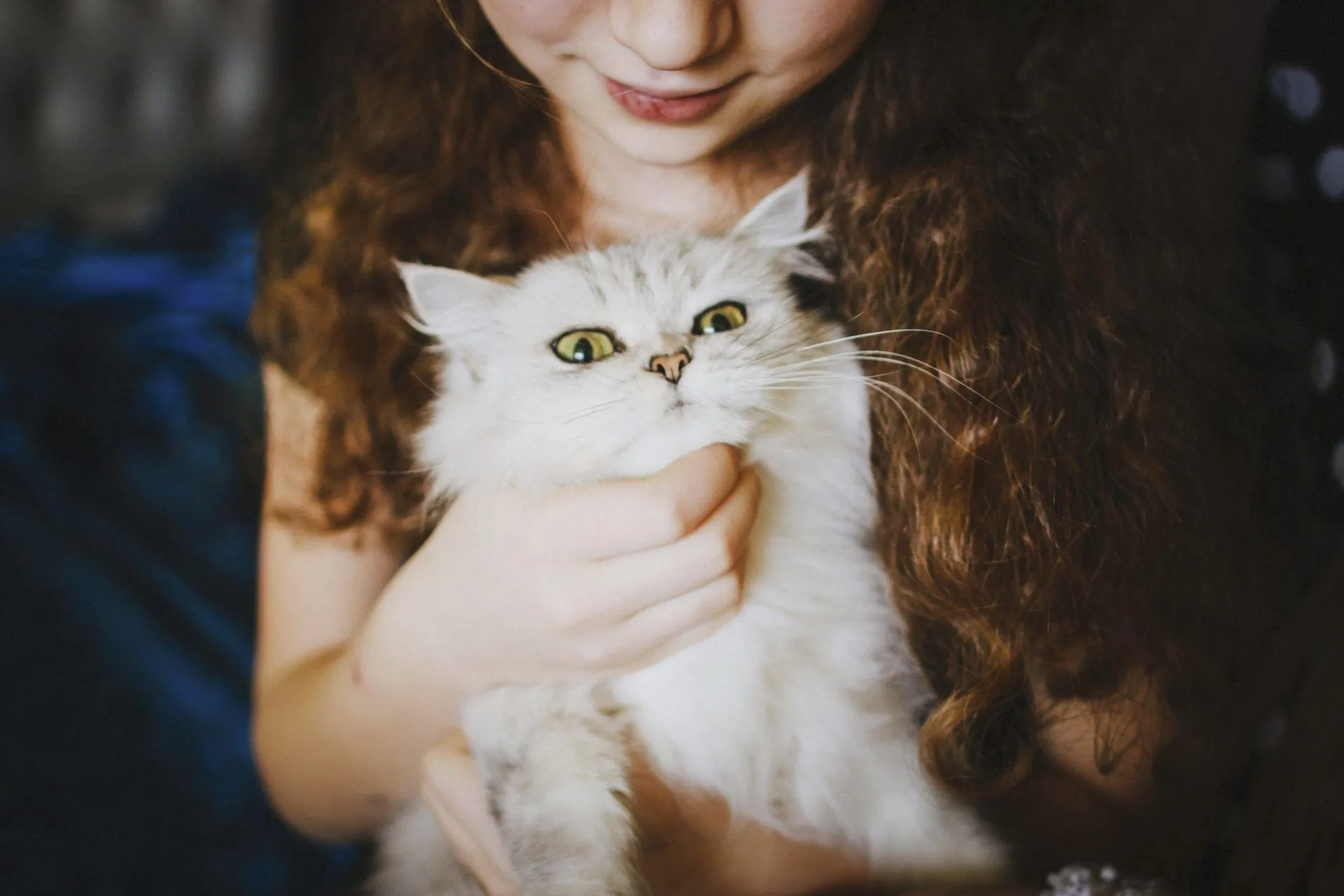We know pets are good for health and longevity, but there’s a long-held belief that having your pet sleep on your kid’s bed is a bad idea. Aside from taking up space, noisy scratching, or triggering allergies, many believe that your furry companion will disrupt your sleep. A new study published in the journal Sleep Health tells a different story.
Improves Sleep Quality
Researchers at Concordia’s Pediatric Public Health Psychology Lab (PPHP) found that the sleep quality of the surprisingly high number of children who share a bed with their pets is indistinguishable from those who sleep alone.“Sleeping with your pet does not appear to be disruptive,” says the paper’s lead author, Ph.D. student Hillary Rowe.
“In fact, children who frequently slept with their pet endorsed having higher sleep quality.”
Rowe co-wrote the paper with fellow PPHP researchers Denise Jarrin, Neressa Noel, Joanne Ramil, and Jennifer McGrath, professor of psychology and the laboratory’s director.
Helping to manage childhood stress
The data the researchers used was found amid the findings of the larger Healthy Heart Project. This was a longitudinal study funded by the Canadian Institutes of Health Research. The study explored the links between childhood stress, sleep and circadian timing.
Children and parents answered questionnaires about bedtime routines and sleep hygiene: keeping a consistent bedtime, having a relaxing pre-sleep routine, and sleeping in a quiet comfortable space. For two weeks, children wore wearables. A wrist actigraphy and filled out daily logs to track their sleep. Children were also fitted with a specialized home polysomnography device for one night . This allowed the researchers to record their brain waves (EEG signals) while they were sleeping.

Photo by Kate Stone Matheson on Unsplash
“One of the sleep hygiene questions asked if they shared their bed with a pet,” McGrath says. “We were startled to find that one in three children answered yes!”
A unique study
Following this discovery, they looked to see what the existing literature said about the subject of bed-sharing with animals. They found a few studies with adults, but almost nothing with youth.
“Co-sleeping with a pet is something many children are doing, and we don’t know how it influences their sleep,” Rowe adds. “So, from a sleep science perspective, we felt this was something important we should look into.”
Watch the video of Jennifer McGrath discussing her research in children co-sleeping with pets.
Shining a better light on sleep measurement
The researchers categorized the children into one of three groups. These groups were based on how often they sleep with their pet: never, sometimes, or frequently. They then compared the three groups across a diverse range of sleep variables to see if there were any significant differences between them.
“Given the larger goals of the Healthy Heart Project, we were able to not only look at bedtimes and amount of time sleeping (duration), but also how long it took to fall asleep (latency), nighttime awakenings (disruptions) and sleep quality,” McGrath says. They found that the three groups were generally similar across all sleep dimensions.
The bottom line
“The findings suggest that the presence of a pet had no negative impact on sleep,” Rowe notes.
“Indeed, we found that children who slept with their pets most often reported higher perceived sleep quality, especially among adolescents.”
She suggests that children are more likely to consider pets as their friends and derive comfort from sleeping with them.
“These findings also sharpen our thinking about how to improve technology to measure sleep,” McGrath adds.
“Many wearables like Apple Watch and Fitbit or even smartphones themselves have accelerometers that detect movement to decode one’s sleep. Given the number of people who share their bed with their partner, or their pet, it may be sensible to develop a setting for co-sleeping to tweak the algorithm used to define sleep intrusions or awakenings, which would make for a much more accurate sleep assessment.”
References
Funding for this study was provided by the Canadian Institutes of Health Research (CIHR), the Fonds de recherche du Québec – Santé (Senior Chercheurs-boursiers) and the Social Sciences and Humanities Research Council of Canada (SSHRC).
Read the open-source cited paper: “The curious incident of the dog in the nighttime: The effects of pet-human co-sleeping and bedsharing on sleep dimensions of children and adolescents.”
Photo credit
Main photo by Veronika Homchis on Unsplash



![women [longevity live]](https://longevitylive.com/wp-content/uploads/2020/01/photo-of-women-walking-down-the-street-1116984-100x100.jpg)










